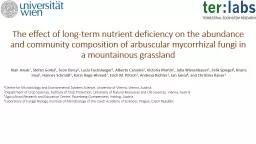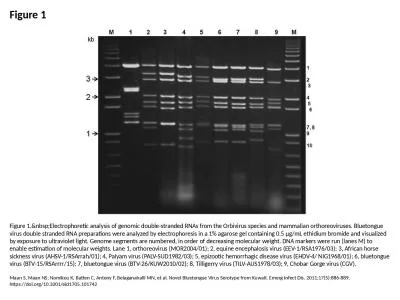PPT-Maximum midge abundance and the risk of bluetongue
Author : lindy-dunigan | Published Date : 2017-05-18
Bluetongue is a viral livestock disease that is spread by midges in particular midge species from the C ulicoides taxa which causes severe illness and often
Presentation Embed Code
Download Presentation
Download Presentation The PPT/PDF document "Maximum midge abundance and the risk of ..." is the property of its rightful owner. Permission is granted to download and print the materials on this website for personal, non-commercial use only, and to display it on your personal computer provided you do not modify the materials and that you retain all copyright notices contained in the materials. By downloading content from our website, you accept the terms of this agreement.
Maximum midge abundance and the risk of bluetongue: Transcript
Download Rules Of Document
"Maximum midge abundance and the risk of bluetongue"The content belongs to its owner. You may download and print it for personal use, without modification, and keep all copyright notices. By downloading, you agree to these terms.
Related Documents

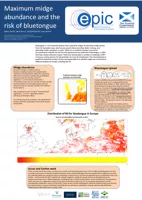

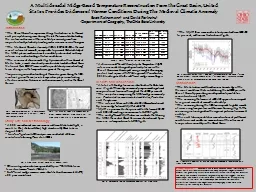

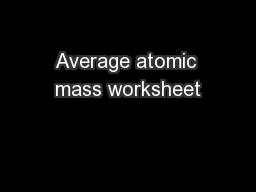
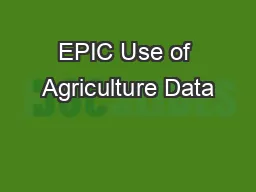

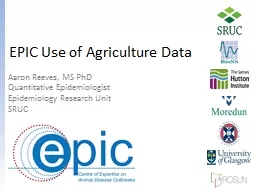
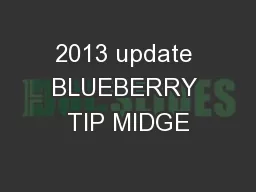


![[READ] - The Abundance Factor: How To Tap Into The Unlimited Abundance Of The Universe](https://thumbs.docslides.com/903317/read-the-abundance-factor-how-to-tap-into-the-unlimited-abundance-of-the-universe-and-have-anything-you-ve-always-wanted.jpg)
